优先发表
优先发表栏目展示本刊经同行评议确定正式录用的文章,这些文章目前处在编校过程,尚未确定卷期及页码,但可以根据DOI进行引用。
显示方式:
, 最新更新时间 , doi: 10.1016/S1872-5805(24)60855-3
摘要:
Development of lightweight and flexible thin films for electromagnetic interference (EMI) shielding is of great significance. In this paper, RGO@SiC porous thin films were prepared for EMI shielding. The porous structure was easily obtained by 3 s of solid phase microwave irradiation, which resulted in an efficient reduction of GO and a significant increase of the film thickness from around 20 to 200 μm. The SET of the RGO@SiC porous thin film reached 35.6 dB, while the SER was only 2.8 dB. The addition of SiC whiskers was critical for the multi-reflection, interfacial polarization and dielectric attenuation of EM waves. Further, the multilayer composites with a gradient change from transmission to reflection were constructed by stacking the RGO@SiC porous films and using multi-walled carbon nanotubes buckypaper as the reflection layer. The highest SET reached 75.1 dB with a SER value of 2.7 dB and a thickness of about 1.5 mm. We believe the porous RGO@SiC thin films were promising for designing multilayer or sandwich structure as EMI absorption packaging or lining materials.
Development of lightweight and flexible thin films for electromagnetic interference (EMI) shielding is of great significance. In this paper, RGO@SiC porous thin films were prepared for EMI shielding. The porous structure was easily obtained by 3 s of solid phase microwave irradiation, which resulted in an efficient reduction of GO and a significant increase of the film thickness from around 20 to 200 μm. The SET of the RGO@SiC porous thin film reached 35.6 dB, while the SER was only 2.8 dB. The addition of SiC whiskers was critical for the multi-reflection, interfacial polarization and dielectric attenuation of EM waves. Further, the multilayer composites with a gradient change from transmission to reflection were constructed by stacking the RGO@SiC porous films and using multi-walled carbon nanotubes buckypaper as the reflection layer. The highest SET reached 75.1 dB with a SER value of 2.7 dB and a thickness of about 1.5 mm. We believe the porous RGO@SiC thin films were promising for designing multilayer or sandwich structure as EMI absorption packaging or lining materials.
, 最新更新时间 , doi: 10.1016/S1872-5805(24)60843-7
摘要:
随着新能源汽车迅速发展,动力锂离子电池应用越来越广泛,大量锂电池也迎来退役高峰期,废旧锂电池的回收综合利用引起各国高度关注。废旧锂电池石墨负极层状结构基本未变化,因此回收时不需高温石墨化,只需关注其内部杂质的去除。本文将废旧石墨负极热处理、超声分离和酸浸处理后,创新性地采用电化学处理将内部金属杂质深度去除。对比不同回收阶段的石墨,发现石墨中有机杂质的存在会严重影响各项电化学性能,微量Cu、Fe等无机杂质的存在对初始放电比容量影响不大,但会降低石墨的循环稳定性。最终回收的石墨内部主要金属杂质含量低于20 mg/kg,在0.1 C倍率下放电比容量达到358.7 mAh/g,循环150圈后容量保持率为95.85%。对比已报道的废旧石墨回收方法,此方法可深度去除石墨负极内部杂质,解决了目前酸碱用量大、除杂不彻底、能耗高等问题,回收再生石墨负极电化学性能较好,为废旧锂电池石墨负极提供了一条新的回收再生路径。
随着新能源汽车迅速发展,动力锂离子电池应用越来越广泛,大量锂电池也迎来退役高峰期,废旧锂电池的回收综合利用引起各国高度关注。废旧锂电池石墨负极层状结构基本未变化,因此回收时不需高温石墨化,只需关注其内部杂质的去除。本文将废旧石墨负极热处理、超声分离和酸浸处理后,创新性地采用电化学处理将内部金属杂质深度去除。对比不同回收阶段的石墨,发现石墨中有机杂质的存在会严重影响各项电化学性能,微量Cu、Fe等无机杂质的存在对初始放电比容量影响不大,但会降低石墨的循环稳定性。最终回收的石墨内部主要金属杂质含量低于20 mg/kg,在0.1 C倍率下放电比容量达到358.7 mAh/g,循环150圈后容量保持率为95.85%。对比已报道的废旧石墨回收方法,此方法可深度去除石墨负极内部杂质,解决了目前酸碱用量大、除杂不彻底、能耗高等问题,回收再生石墨负极电化学性能较好,为废旧锂电池石墨负极提供了一条新的回收再生路径。
, 最新更新时间 , doi: 10.1016/S1872-5805(24)60851-6
摘要:
Metal chloride-intercalated graphite with excellent conductivity and large interlayer spacing is highly desired for applications in sodium ion batteries. However, halogen vapor is usually indispensable in initiating the intercalation process, which makes equipment design and experiments challenging. In this work, SO2Cl2 was innovatively used as chlorine generator to intensify the intercalation process of BiCl3 into graphite (BiCl3-GICs), which avoided potential risks such as Cl2 leakage in traditional methods. Additionally, the operational efficiency in experiment is effectively improved. After reacting SO2Cl2, BiCl3, and graphite at 200 °C for 20 h, the as-synthesized BiCl3-GICs delivered a large interlayer spacing (1.26 nm) and a high amount of BiCl3 intercalation (42%), which endows SIBs with high specific capacity of 213 mAh g−1 at 1 A g−1 and fantastic rate performance (170 mAh g−1 at 5 A g−1). Moreover, the in-situ Raman spectra revealed that electronic interaction between graphite and intercalated BiCl3 is weakened during the first discharge, which is favorable for the sodium storage. This work broadly enables the intercalation intensification process of other metal chloride-intercalated graphite, offering possibilities for developing advanced energy storage devices.
Metal chloride-intercalated graphite with excellent conductivity and large interlayer spacing is highly desired for applications in sodium ion batteries. However, halogen vapor is usually indispensable in initiating the intercalation process, which makes equipment design and experiments challenging. In this work, SO2Cl2 was innovatively used as chlorine generator to intensify the intercalation process of BiCl3 into graphite (BiCl3-GICs), which avoided potential risks such as Cl2 leakage in traditional methods. Additionally, the operational efficiency in experiment is effectively improved. After reacting SO2Cl2, BiCl3, and graphite at 200 °C for 20 h, the as-synthesized BiCl3-GICs delivered a large interlayer spacing (1.26 nm) and a high amount of BiCl3 intercalation (42%), which endows SIBs with high specific capacity of 213 mAh g−1 at 1 A g−1 and fantastic rate performance (170 mAh g−1 at 5 A g−1). Moreover, the in-situ Raman spectra revealed that electronic interaction between graphite and intercalated BiCl3 is weakened during the first discharge, which is favorable for the sodium storage. This work broadly enables the intercalation intensification process of other metal chloride-intercalated graphite, offering possibilities for developing advanced energy storage devices.
, 最新更新时间 , doi: 10.1016/S1872-5805(24)60854-1
摘要:
电容去离子技术近年来被认为是一种新兴的海水淡化技术,尤其在苦咸水范围内具有经济节能的特点。然而,目前关于除氯电极的研究较少,同时缓慢的除盐动力学也制约了除氯电极的发展。本工作通过在表面酸处理后的柔性炭布上原位生长NiCoAl-LDHs纳米片阵列并进行等离子体处理,制备了具有扩大层间距的Ar-NiCoAl-LDHs@ACC材料。炭布基底抑制了NiCoAl-LDHs纳米片的团聚并提高了电导率,等离子体处理则使得NiCoAl-LDHs层间距进一步扩大并改善了亲水性,提供了快速的氯离子扩散通道,并释放了更多的层间活性位点,实现了高除盐动力学。将Ar-NiCoAl-LDHs@ACC作为除氯电极与活性碳组装了混合式电容去离子器件。在1000 mg L−1NaCl溶液及1.2 V工作电压下,除盐容量可达到93.26 mg g−1,除盐速率可达到0.27 mg g−1 s−1,电荷效率高达0.97。在300 mg L−1NaCl溶液及0.8 V工作电压下,经过100次循环后容量保持率仍在85%以上。本工作的制备策略为大层间距二维金属氢氧化物材料的可控制备和高性能电化学除氯电极的设计构建提供了新思路。
电容去离子技术近年来被认为是一种新兴的海水淡化技术,尤其在苦咸水范围内具有经济节能的特点。然而,目前关于除氯电极的研究较少,同时缓慢的除盐动力学也制约了除氯电极的发展。本工作通过在表面酸处理后的柔性炭布上原位生长NiCoAl-LDHs纳米片阵列并进行等离子体处理,制备了具有扩大层间距的Ar-NiCoAl-LDHs@ACC材料。炭布基底抑制了NiCoAl-LDHs纳米片的团聚并提高了电导率,等离子体处理则使得NiCoAl-LDHs层间距进一步扩大并改善了亲水性,提供了快速的氯离子扩散通道,并释放了更多的层间活性位点,实现了高除盐动力学。将Ar-NiCoAl-LDHs@ACC作为除氯电极与活性碳组装了混合式电容去离子器件。在1000 mg L−1NaCl溶液及1.2 V工作电压下,除盐容量可达到93.26 mg g−1,除盐速率可达到0.27 mg g−1 s−1,电荷效率高达0.97。在300 mg L−1NaCl溶液及0.8 V工作电压下,经过100次循环后容量保持率仍在85%以上。本工作的制备策略为大层间距二维金属氢氧化物材料的可控制备和高性能电化学除氯电极的设计构建提供了新思路。
, 最新更新时间 , doi: 10.1016/S1872-5805(24)60847-4
摘要:
In recent years, zinc-ion hybrid capacitors (ZIHCs) have attracted increasing attention due to their environmental friendliness and excellent electrochemical properties. However, the performance of ZIHCs is mainly limited by the electrochemical performance of the cathode, so it is necessary to develop an advanced cathode material. In this work, the N, B co-doped sodium alginate-based porous carbon (NBSPC) is prepared by one-step co-carbonization using sodium alginate as matrix and NH4B5O8 as N and B sources. This N, B co-doping strategy can make the pore structure of porous carbon materials more reasonable and increase surface functional groups, greatly improving the capacitive behavior of the raw materials and thus improving their electrochemical performance. When used as the cathode in ZIHCs, NBSPC shows excellent rate performance (85.4 mA h g−1 even at ultra-high current density of 40 A g−1) and cycling stability (15000 cycles at 20 A g−1 with a capacity retention rate of 94.5%).
In recent years, zinc-ion hybrid capacitors (ZIHCs) have attracted increasing attention due to their environmental friendliness and excellent electrochemical properties. However, the performance of ZIHCs is mainly limited by the electrochemical performance of the cathode, so it is necessary to develop an advanced cathode material. In this work, the N, B co-doped sodium alginate-based porous carbon (NBSPC) is prepared by one-step co-carbonization using sodium alginate as matrix and NH4B5O8 as N and B sources. This N, B co-doping strategy can make the pore structure of porous carbon materials more reasonable and increase surface functional groups, greatly improving the capacitive behavior of the raw materials and thus improving their electrochemical performance. When used as the cathode in ZIHCs, NBSPC shows excellent rate performance (85.4 mA h g−1 even at ultra-high current density of 40 A g−1) and cycling stability (15000 cycles at 20 A g−1 with a capacity retention rate of 94.5%).
, 最新更新时间 , doi: 10.1016/S1872-5805(24)60841-3
摘要:
The development of advanced aircrafts relies on high performance thermal-structural materials and composites of carbon/carbon (C/C) with ultrahigh-temperature ceramics are ideal candidates. However, traditional routes of compositing are either inefficient and expensive or lead to non-uniform distribution of ceramics in the matrix. Here, vacuum filtration of ZrB2 was successfully applied to introduce ZrB2-ZrC-SiC into C/C as a supplement for reactive melt infiltration ZrSi2, which contributed to the content increase and uniform distribution of the introduced ceramic phases. The mass and linear ablation rates of the composites were reduced by 68.9% and 29.7%, respectively, compared to those of C/C-ZrC-SiC composites prepared through reactive melt infiltration. The ablation performance was improved because of the volatilization of B2O3, taking a part of the heat away, and more uniformly distributed ZrO2 that could promote the formation of ZrO2-SiO2 continuous protective layer. This efficiently resisted the mechanical denudation and hindered the oxygen infiltration.
The development of advanced aircrafts relies on high performance thermal-structural materials and composites of carbon/carbon (C/C) with ultrahigh-temperature ceramics are ideal candidates. However, traditional routes of compositing are either inefficient and expensive or lead to non-uniform distribution of ceramics in the matrix. Here, vacuum filtration of ZrB2 was successfully applied to introduce ZrB2-ZrC-SiC into C/C as a supplement for reactive melt infiltration ZrSi2, which contributed to the content increase and uniform distribution of the introduced ceramic phases. The mass and linear ablation rates of the composites were reduced by 68.9% and 29.7%, respectively, compared to those of C/C-ZrC-SiC composites prepared through reactive melt infiltration. The ablation performance was improved because of the volatilization of B2O3, taking a part of the heat away, and more uniformly distributed ZrO2 that could promote the formation of ZrO2-SiO2 continuous protective layer. This efficiently resisted the mechanical denudation and hindered the oxygen infiltration.
, 最新更新时间 , doi: 10.1016/S1872-5805(24)60848-6
摘要:
Exploring cost-efficient and high-efficient noble metal-free catalysts for oxygen reduction reactions (ORRs) involved in sustainable energy devices still remains a great challenge. Transition-metal phosphides supported on heteroatom-doped carbons have presented a potential as alternative candidates of precious metals due to their tunable electronic structures and boosted catalytic performance. Herein, phosphating was adopted to construct CoP nanoparticles (NPs) anchored on a nitrogen-doped porous carbon framework (CoP@NC) from Co NPs loaded on NC using PH3 gas released from NaH2PO2 during heat treatment. The dodecahedral structure of Co NPs is retained in their transformation to CoP NPs. The CoP@NC electrocatalyst shows remarkable ORR activity with a half-wave potential up to 0.92 V under alkaline conditions, which is attributed to the synergistic coupling between the well dispersed CoP nanoparticles on the nitrogen-doped carbon support and the efficient mass transport in the porous structure. Zinc-air batteries assembled with the CoP@NC electrocatalyst as an cathode displays a high open-circuit voltage of 1.51 V and power density of 210.1 mW cm−2. This work provides a novel strategy to develop low-cost catalysts with excellent ORR performance to promote their practical application in metal-air batteries.
Exploring cost-efficient and high-efficient noble metal-free catalysts for oxygen reduction reactions (ORRs) involved in sustainable energy devices still remains a great challenge. Transition-metal phosphides supported on heteroatom-doped carbons have presented a potential as alternative candidates of precious metals due to their tunable electronic structures and boosted catalytic performance. Herein, phosphating was adopted to construct CoP nanoparticles (NPs) anchored on a nitrogen-doped porous carbon framework (CoP@NC) from Co NPs loaded on NC using PH3 gas released from NaH2PO2 during heat treatment. The dodecahedral structure of Co NPs is retained in their transformation to CoP NPs. The CoP@NC electrocatalyst shows remarkable ORR activity with a half-wave potential up to 0.92 V under alkaline conditions, which is attributed to the synergistic coupling between the well dispersed CoP nanoparticles on the nitrogen-doped carbon support and the efficient mass transport in the porous structure. Zinc-air batteries assembled with the CoP@NC electrocatalyst as an cathode displays a high open-circuit voltage of 1.51 V and power density of 210.1 mW cm−2. This work provides a novel strategy to develop low-cost catalysts with excellent ORR performance to promote their practical application in metal-air batteries.
, 最新更新时间 , doi: 10.1016/S1872-5805(22)60643-7
摘要:
Polyether ether ketone (PEEK) has favorable mechanical properties. However, its high melt viscosity limits its applications because it is hard to process. In this study, PEEK nanocomposites modified with carbon nanotubes (CNTs) and polyether imide (PEI) were prepared using a direct wet powder blending method. The melt viscosity of the nanocomposites decreased by approximately 50%. Under optimal conditions, the addition of CNTs and PEI resulted in a synergistic increase in the toughness of the nanocomposites. The elongation at break increased by 129%, and the fracture energy increased by 97%. The uniformly dispersed CNTs/PEI powder reduces the processing difficulty of PEEK nanocomposites without affecting the heat resistance. The nanocomposites prepared by this method have lower melt viscosity. This improvement of the properties of PEEK would facilitate its use in the preparation of thermoplastic composites by powder impregnation or laser sintering technology.
Polyether ether ketone (PEEK) has favorable mechanical properties. However, its high melt viscosity limits its applications because it is hard to process. In this study, PEEK nanocomposites modified with carbon nanotubes (CNTs) and polyether imide (PEI) were prepared using a direct wet powder blending method. The melt viscosity of the nanocomposites decreased by approximately 50%. Under optimal conditions, the addition of CNTs and PEI resulted in a synergistic increase in the toughness of the nanocomposites. The elongation at break increased by 129%, and the fracture energy increased by 97%. The uniformly dispersed CNTs/PEI powder reduces the processing difficulty of PEEK nanocomposites without affecting the heat resistance. The nanocomposites prepared by this method have lower melt viscosity. This improvement of the properties of PEEK would facilitate its use in the preparation of thermoplastic composites by powder impregnation or laser sintering technology.
, 最新更新时间 , doi: 10.1016/S1872-5805(24)60852-8
摘要:
石墨炔(Graphdiyen,GDY)作为一种全新的碳材料,其具有特殊的碳杂化排列方式、独特的化学和电子结构以及无限分布的天然孔隙等优点,在电化学储能领域具有良好的应用前景。新兴的水系离子电池具有低成本和高安全性等优点,然而,高性能电极材料的开发、新型隔膜体系的设计以及稳定界面的策略等仍是水系离子电池面临的主要挑战。石墨炔具有独特的多孔结构和优异的电化学性能,在负极保护、正极包覆、隔膜设计以及稳定界面pH值等方面,可以改善离子传输与界面沉积行为、电解液不稳定等问题。特别是石墨炔自下而上的分子结构设计策略使其具有易修饰、掺杂的特点,改性的石墨炔类似物具有更加优异的性能,拓宽了其在水系离子电池中的应用。本文系统总结了石墨炔的结构与性质以及合成方法,并特别对石墨炔在水系离子电池中的研究进行了总结。此外,还对石墨炔在水系离子电池中的研究仍存在的问题与挑战进行了综合评价,对未来石墨炔在水系离子电池中的发展进行了展望。
石墨炔(Graphdiyen,GDY)作为一种全新的碳材料,其具有特殊的碳杂化排列方式、独特的化学和电子结构以及无限分布的天然孔隙等优点,在电化学储能领域具有良好的应用前景。新兴的水系离子电池具有低成本和高安全性等优点,然而,高性能电极材料的开发、新型隔膜体系的设计以及稳定界面的策略等仍是水系离子电池面临的主要挑战。石墨炔具有独特的多孔结构和优异的电化学性能,在负极保护、正极包覆、隔膜设计以及稳定界面pH值等方面,可以改善离子传输与界面沉积行为、电解液不稳定等问题。特别是石墨炔自下而上的分子结构设计策略使其具有易修饰、掺杂的特点,改性的石墨炔类似物具有更加优异的性能,拓宽了其在水系离子电池中的应用。本文系统总结了石墨炔的结构与性质以及合成方法,并特别对石墨炔在水系离子电池中的研究进行了总结。此外,还对石墨炔在水系离子电池中的研究仍存在的问题与挑战进行了综合评价,对未来石墨炔在水系离子电池中的发展进行了展望。
, 最新更新时间 , doi: 10.1016/S1872-5805(24)60850-4
摘要:
Silicon anodes as a promising candidate for lithium-ion batteries. However, their significant volume expansion leads to severe material fracture and electrical disconnection, which limits their practical application. This study proposed a new top-down strategy for microsized porous silicon and introducing polyacrylonitrile (PAN) as nitrogen-doped carbon coating, which designed to maintain the internal space and alleviate the outward expansion of the silicon anode during the lithiation and delithiation process. Subsequently, we explored the effect of temperature on the thermal transition behavior of PAN and the electrochemical behavior of the composite electrode. After the treatment at 400 °C, the PAN coating retained a high nitrogen doping content of 11.35 wt%, which explicitly confirmed the existence of C-N and C-O bonds that improved the ionic-electronic transport properties. This treatment not only retained a more intact carbon layer structure, but also introduced carbon defects, exhibiting remarkably stable cycling even at high rates. When cycled at 4 A g−1, the optimized anode exhibited a specific capacity of 857.6 mAh g−1 even after 200 cycles, demonstrating great potential for high-capacity energy storage applications.
Silicon anodes as a promising candidate for lithium-ion batteries. However, their significant volume expansion leads to severe material fracture and electrical disconnection, which limits their practical application. This study proposed a new top-down strategy for microsized porous silicon and introducing polyacrylonitrile (PAN) as nitrogen-doped carbon coating, which designed to maintain the internal space and alleviate the outward expansion of the silicon anode during the lithiation and delithiation process. Subsequently, we explored the effect of temperature on the thermal transition behavior of PAN and the electrochemical behavior of the composite electrode. After the treatment at 400 °C, the PAN coating retained a high nitrogen doping content of 11.35 wt%, which explicitly confirmed the existence of C-N and C-O bonds that improved the ionic-electronic transport properties. This treatment not only retained a more intact carbon layer structure, but also introduced carbon defects, exhibiting remarkably stable cycling even at high rates. When cycled at 4 A g−1, the optimized anode exhibited a specific capacity of 857.6 mAh g−1 even after 200 cycles, demonstrating great potential for high-capacity energy storage applications.
, 最新更新时间 , doi: 10.1016/S1872-5805(24)60849-8
摘要:
Nitrogen doping has been widely used to enhance the performance of carbon electrodes in supercapacitors, particularly in terms of high-frequency response. However, the charge storage and ion response mechanisms of different nitrogen species at high frequencies is still unclear. In this study, we employ carbonized melamine foam with open surface structure as a simplified model material, enabling a comprehensive analysis of their impact on the ionic response behavior of high-frequency supercapacitors. Through a combination of experiments and first-principles calculations, we uncover that pyrrolic nitrogen, characterized by a higher adsorption energy, enhances the charge storage capacity of the electrode at high frequencies. On the other hand, graphitic nitrogen, with a lower adsorption energy, promotes rapid ion response. Furthermore, we propose the use of adsorption energy as a practical descriptor for electrode/electrolyte design in high-frequency applications, offering a more universal approach for optimizing the performance of N-doped carbon materials. This research contributes to the advancement of high-frequency supercapacitor technology and provides guidance for the development of improved N-doped carbon materials.
Nitrogen doping has been widely used to enhance the performance of carbon electrodes in supercapacitors, particularly in terms of high-frequency response. However, the charge storage and ion response mechanisms of different nitrogen species at high frequencies is still unclear. In this study, we employ carbonized melamine foam with open surface structure as a simplified model material, enabling a comprehensive analysis of their impact on the ionic response behavior of high-frequency supercapacitors. Through a combination of experiments and first-principles calculations, we uncover that pyrrolic nitrogen, characterized by a higher adsorption energy, enhances the charge storage capacity of the electrode at high frequencies. On the other hand, graphitic nitrogen, with a lower adsorption energy, promotes rapid ion response. Furthermore, we propose the use of adsorption energy as a practical descriptor for electrode/electrolyte design in high-frequency applications, offering a more universal approach for optimizing the performance of N-doped carbon materials. This research contributes to the advancement of high-frequency supercapacitor technology and provides guidance for the development of improved N-doped carbon materials.
, 最新更新时间 , doi: 10.1016/S1872-5805(23)60741-3
摘要:
It is meaningful to find a toughener with a low dosage and effective improvement of interlaminar toughness in carbon fiber composites. In this paper, the toughening effect of phenolphthalein-based poly (ether sulfone) (PES-C) on E51/ DETDA epoxy and its carbon fiber composites (CFCs) was investigated. The SEM results showed that PES-C/epoxy blends formed sea-island phase and bicontinuous phase structure, which were associated with reaction-induced phase separation. After adding 15 phr PES-C, the glass transition temperature (Tg) of blends was increased by 51.5 °C. Meanwhile, the flexural strength, impact strength and fracture toughness of the blends were improved by 41.1%, 186.2% and 42.7%, respectively. These improvements could be attributed to the phase separation structure of the PES-C/epoxy system. Moreover, PES-C film was used to improve the mode-II fracture toughness (GIIC) of CFCs. GIIC value of the 7 μm PES-C film toughened laminate was improved by 80.3% than that of control laminate. The increase in GIIC could be attributed to cohesive failure and plastic deformation in the interleaving region.
It is meaningful to find a toughener with a low dosage and effective improvement of interlaminar toughness in carbon fiber composites. In this paper, the toughening effect of phenolphthalein-based poly (ether sulfone) (PES-C) on E51/ DETDA epoxy and its carbon fiber composites (CFCs) was investigated. The SEM results showed that PES-C/epoxy blends formed sea-island phase and bicontinuous phase structure, which were associated with reaction-induced phase separation. After adding 15 phr PES-C, the glass transition temperature (Tg) of blends was increased by 51.5 °C. Meanwhile, the flexural strength, impact strength and fracture toughness of the blends were improved by 41.1%, 186.2% and 42.7%, respectively. These improvements could be attributed to the phase separation structure of the PES-C/epoxy system. Moreover, PES-C film was used to improve the mode-II fracture toughness (GIIC) of CFCs. GIIC value of the 7 μm PES-C film toughened laminate was improved by 80.3% than that of control laminate. The increase in GIIC could be attributed to cohesive failure and plastic deformation in the interleaving region.
, 最新更新时间 , doi: 10.1016/S1872-5805(22)60646-2
摘要:
Interfacial adhesion between carbon fiber (CF) and polyetherketoneketone (PEKK) is a key factor that affects the mechanical performances of their composites. Therefore, it is of great importance to impregnate PEKK into CF bundles as efficiently as possible. Here we report that owing to the high dissolubility, PEKK can be introduced onto CF surfaces via a wet strategy. The excellent wettability of PEKK guarantees a full covering and tight binding on CFs, making it possible to evaluate the interfacial shear strength (IFSS) with the microdroplet method. Furthermore, the interior of CF bundles can be completely and uniformly filled with PEKK by the solution impregnation, leading to a high interlaminar shear strength (ILSS). The maximum IFSS and ILSS can reach 107.8 and 99.3 MPa, respectively. Such superior shear properties are ascribed to the formation of amorphous PEKK confined in the limited spacing between CFs.
Interfacial adhesion between carbon fiber (CF) and polyetherketoneketone (PEKK) is a key factor that affects the mechanical performances of their composites. Therefore, it is of great importance to impregnate PEKK into CF bundles as efficiently as possible. Here we report that owing to the high dissolubility, PEKK can be introduced onto CF surfaces via a wet strategy. The excellent wettability of PEKK guarantees a full covering and tight binding on CFs, making it possible to evaluate the interfacial shear strength (IFSS) with the microdroplet method. Furthermore, the interior of CF bundles can be completely and uniformly filled with PEKK by the solution impregnation, leading to a high interlaminar shear strength (ILSS). The maximum IFSS and ILSS can reach 107.8 and 99.3 MPa, respectively. Such superior shear properties are ascribed to the formation of amorphous PEKK confined in the limited spacing between CFs.
, 最新更新时间 , doi: 10.1016/S1872-5805(24)60853-X
摘要:
Graphene is widely used in photodetection due to its high carrier mobility and wide spectral absorption range. However, the high dark current due to its low light absorption severely limits the performance of photodetection. Molybdenum dihalide (MoX2, X= S, Se and Te) has a high absorption coefficient, which can compensate high dark current in graphene-based photodetectors and result in outstanding photoelectronic properties in graphene/MoX2 van der Waals heterostructure (vdWH) photodetectors. In this review, we firstly review working principles, performance indicators, and structures of photodetectors. After that, the significance of graphene/MoX2 vdWH photodetectors are highlighted from the material fundamental perspective. Preparation methodologies and performance enhancement strategies of graphene/MoX2 vdWH photodetectors are correspondingly summarized. In the end, we highlight the current challenges and future directions of the graphene/MoX2 vdWH photodetectors. This review will guide the design of high-performance vdWH photodetectors.
Graphene is widely used in photodetection due to its high carrier mobility and wide spectral absorption range. However, the high dark current due to its low light absorption severely limits the performance of photodetection. Molybdenum dihalide (MoX2, X= S, Se and Te) has a high absorption coefficient, which can compensate high dark current in graphene-based photodetectors and result in outstanding photoelectronic properties in graphene/MoX2 van der Waals heterostructure (vdWH) photodetectors. In this review, we firstly review working principles, performance indicators, and structures of photodetectors. After that, the significance of graphene/MoX2 vdWH photodetectors are highlighted from the material fundamental perspective. Preparation methodologies and performance enhancement strategies of graphene/MoX2 vdWH photodetectors are correspondingly summarized. In the end, we highlight the current challenges and future directions of the graphene/MoX2 vdWH photodetectors. This review will guide the design of high-performance vdWH photodetectors.



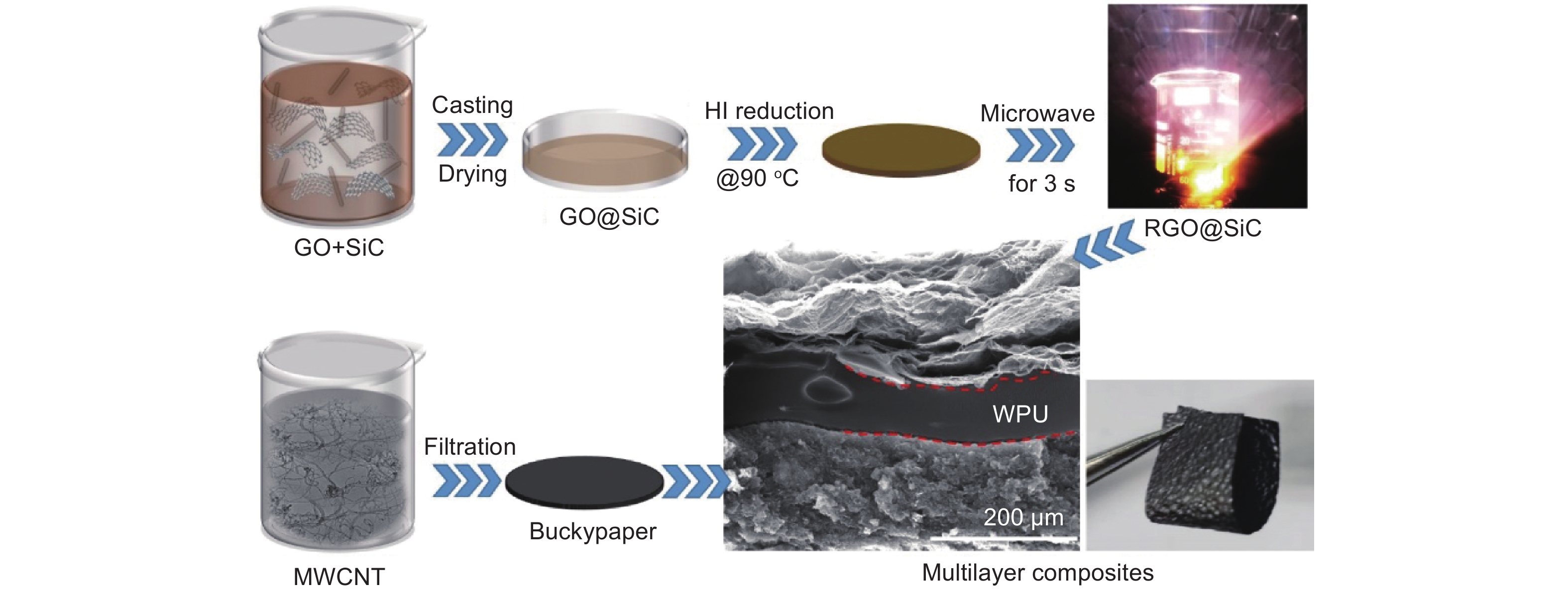
 摘要
摘要 HTML
HTML PDF
PDF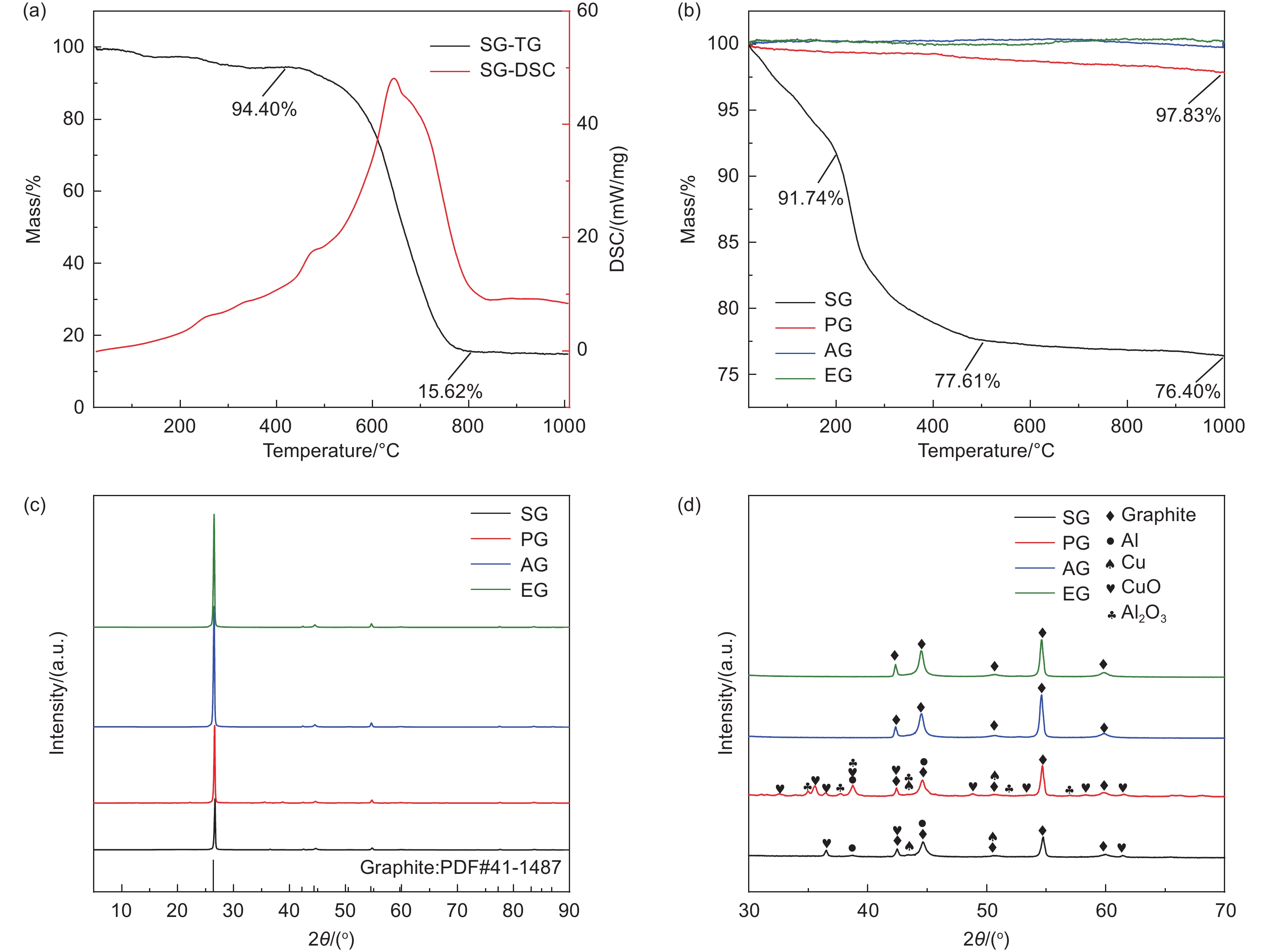
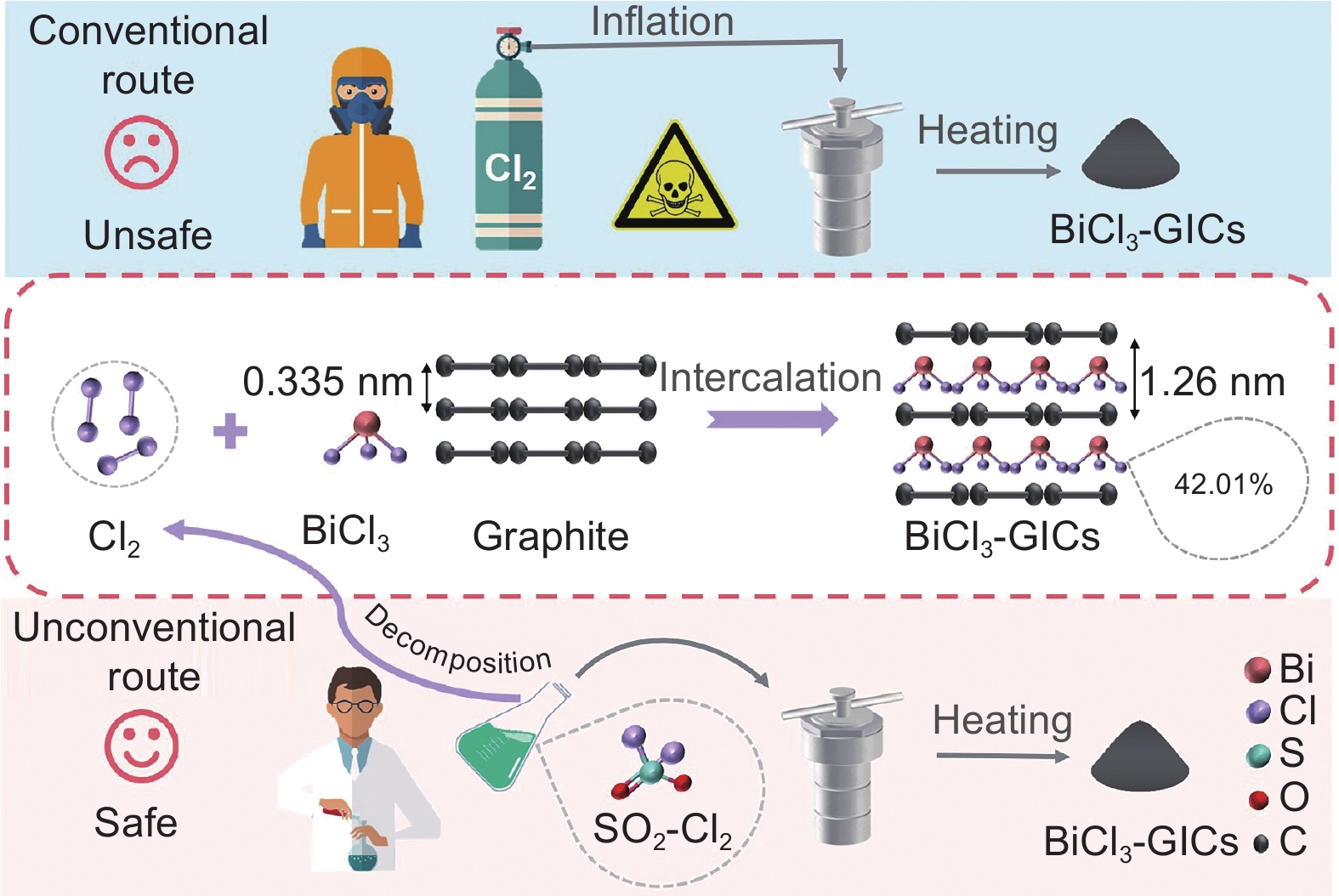


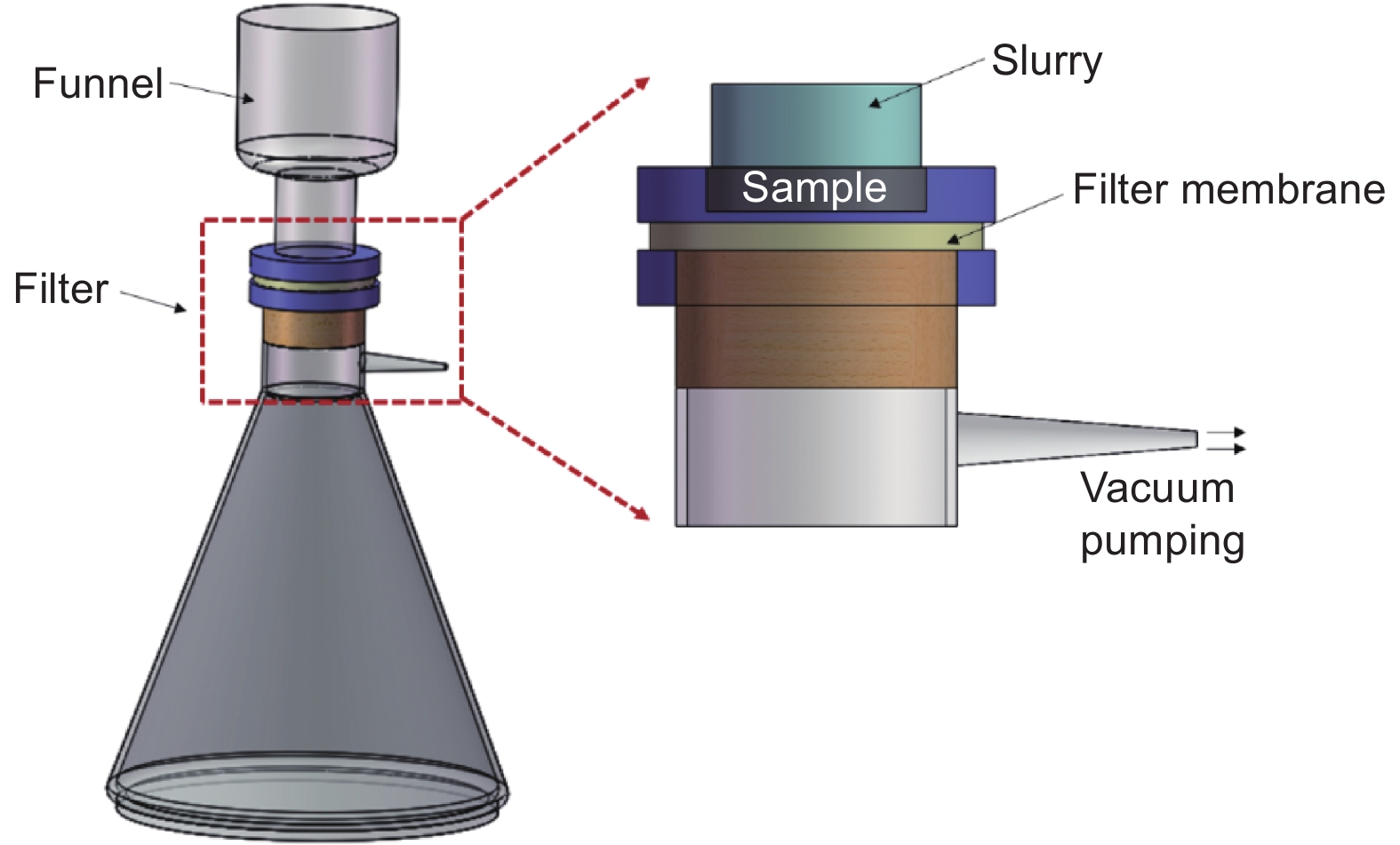

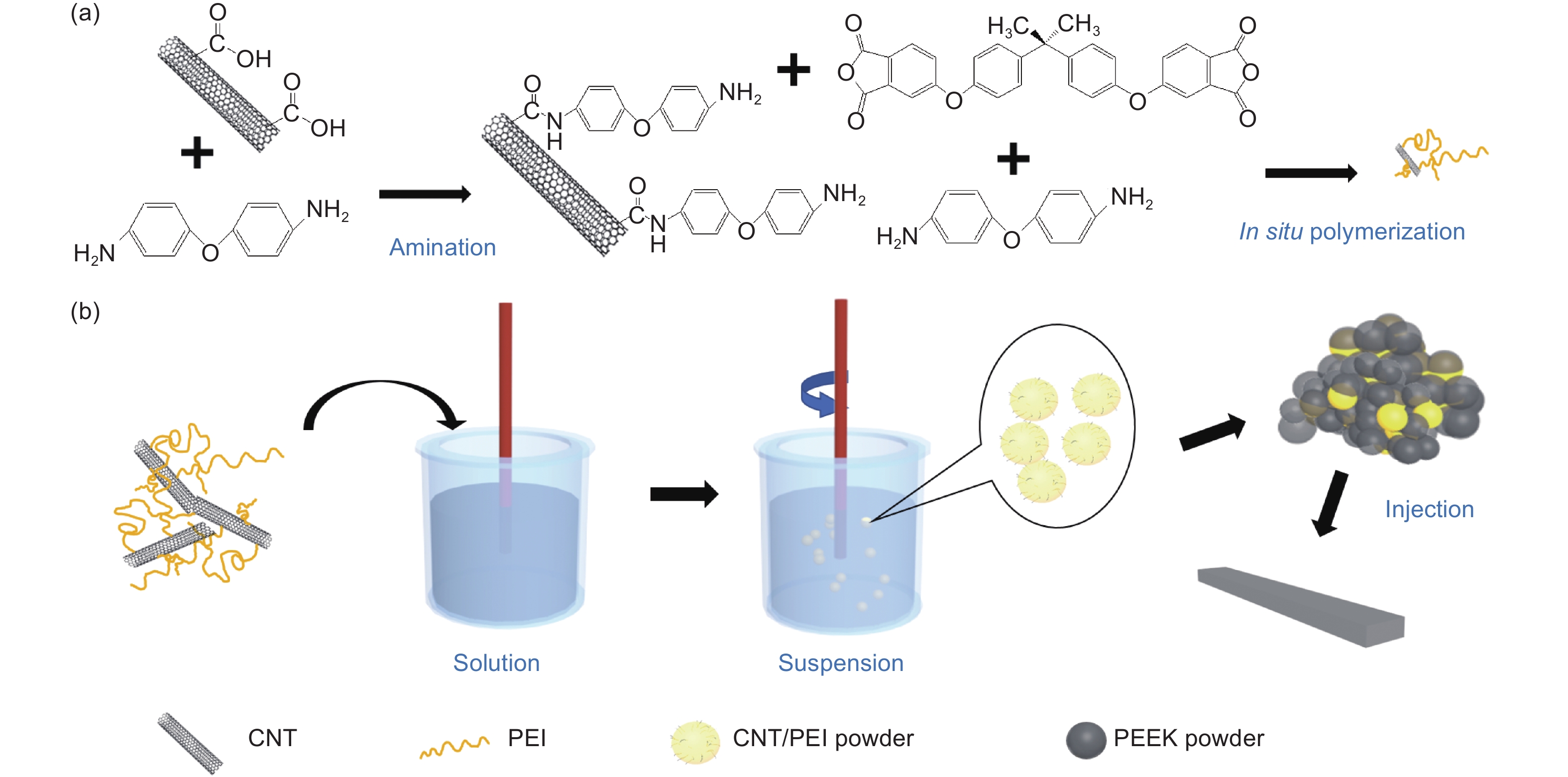
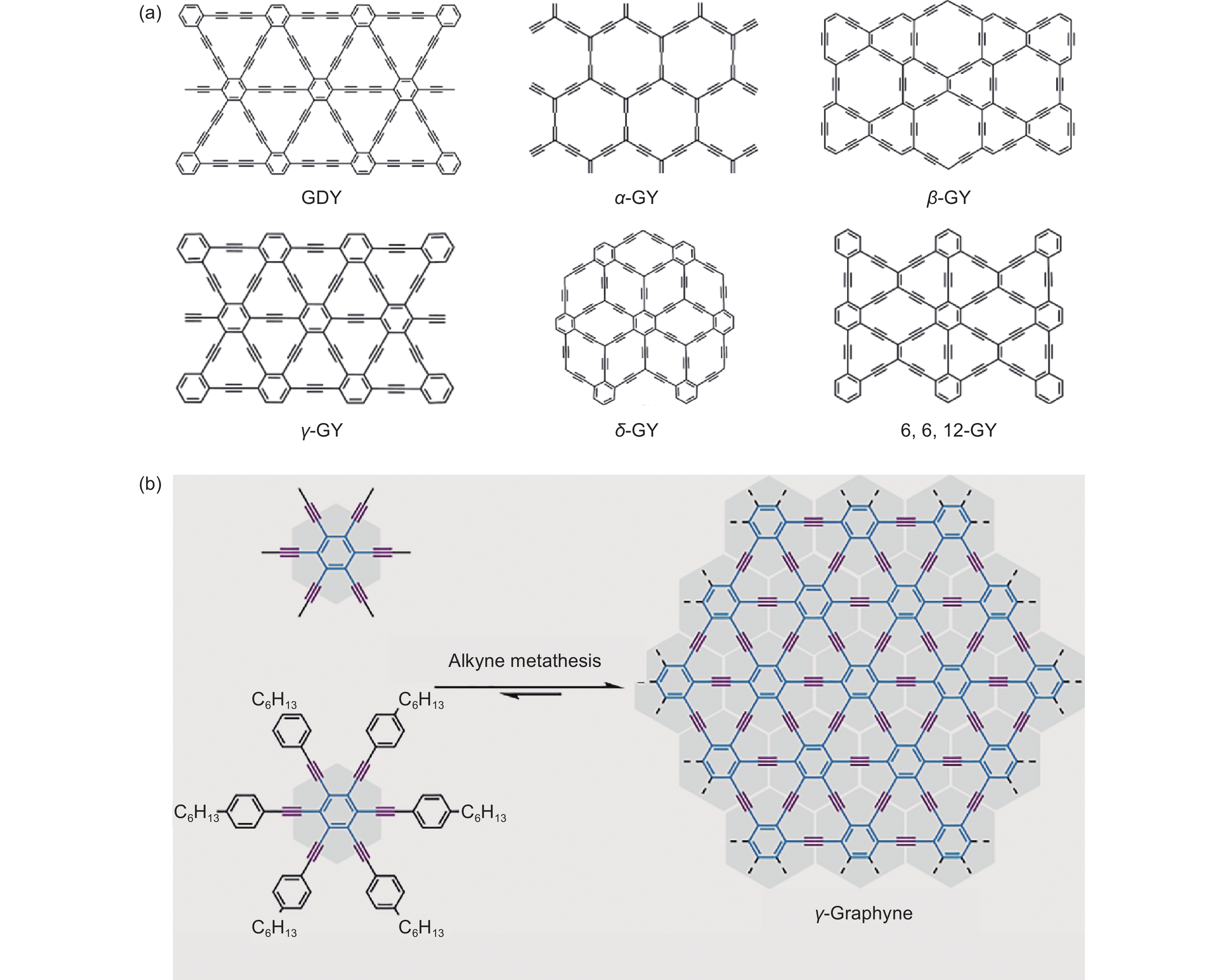
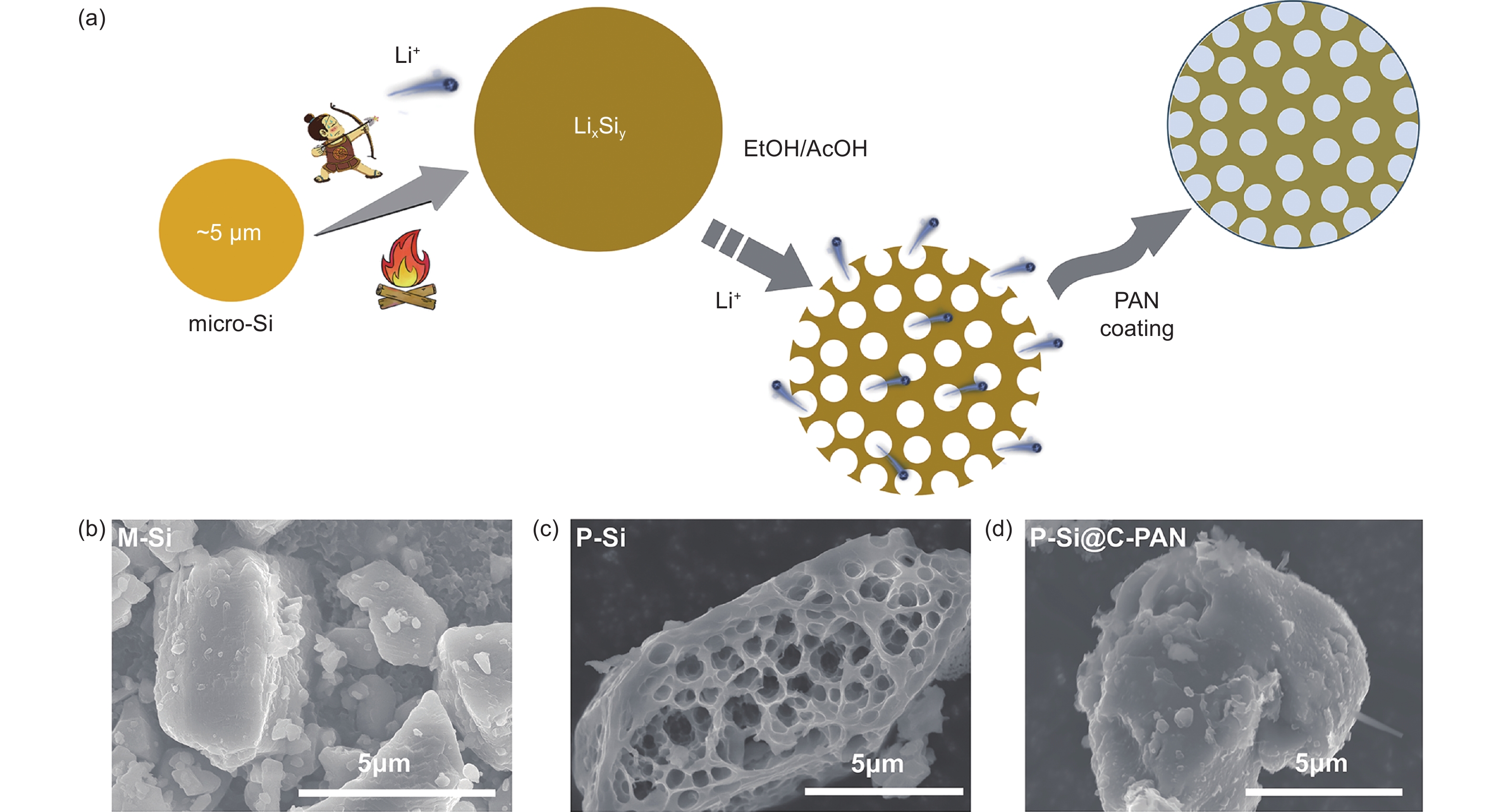

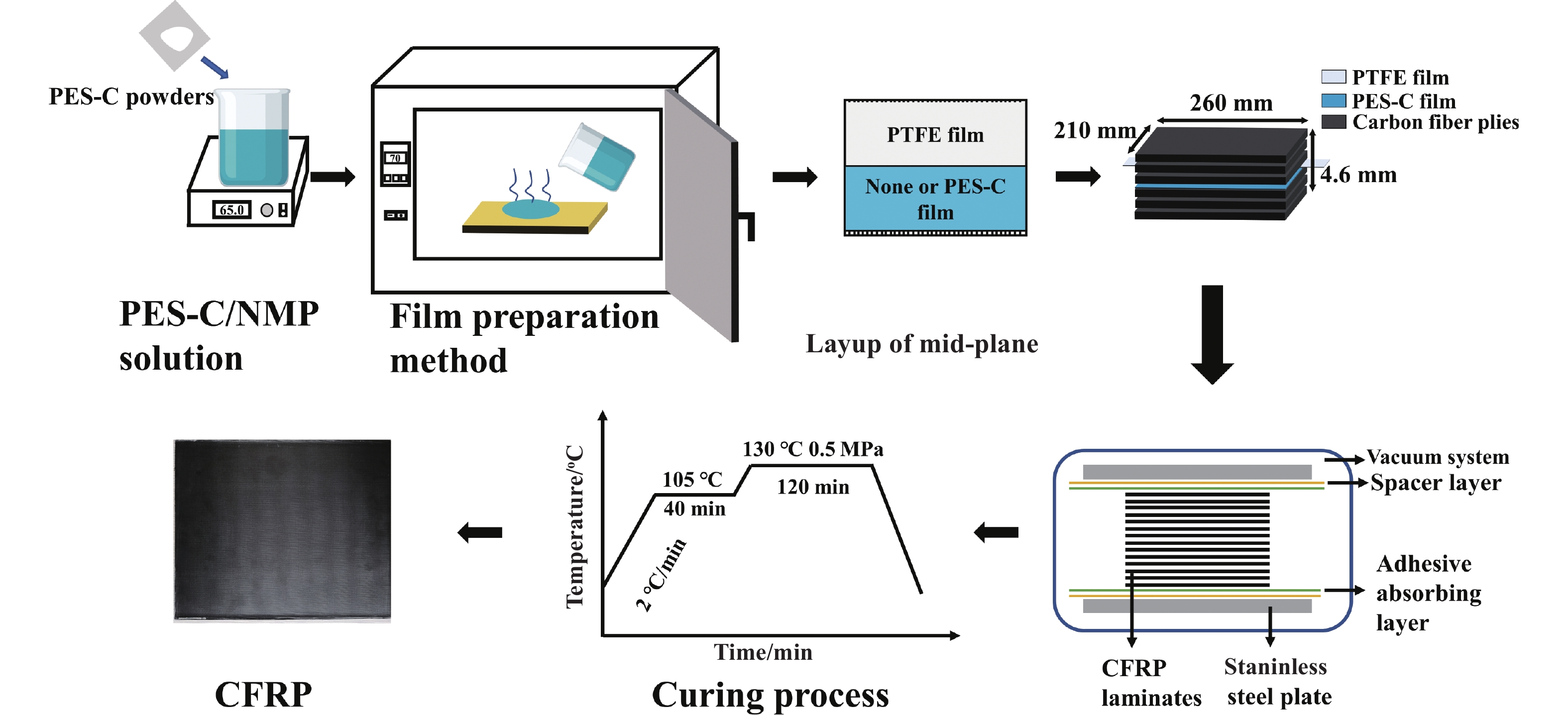
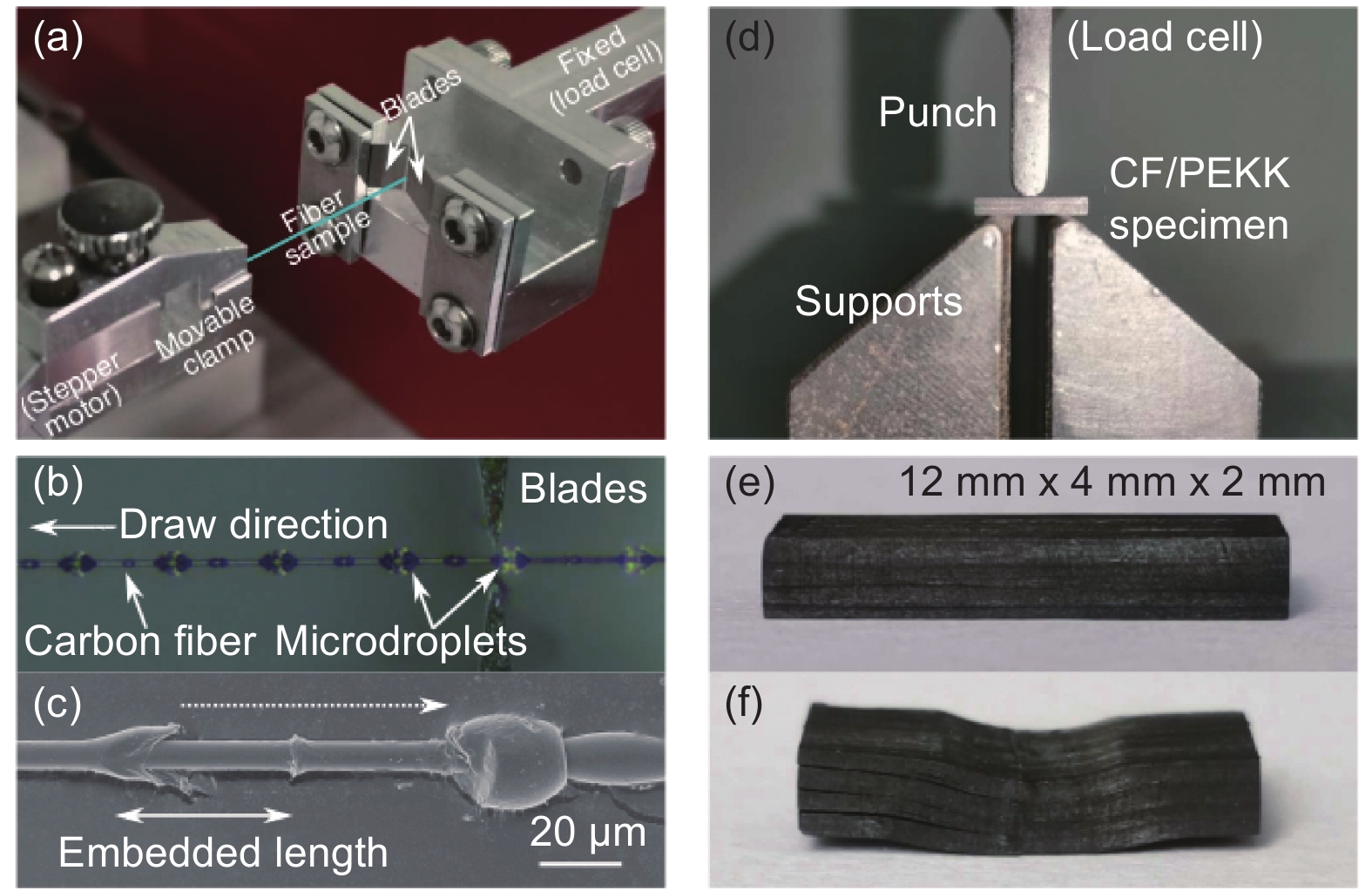
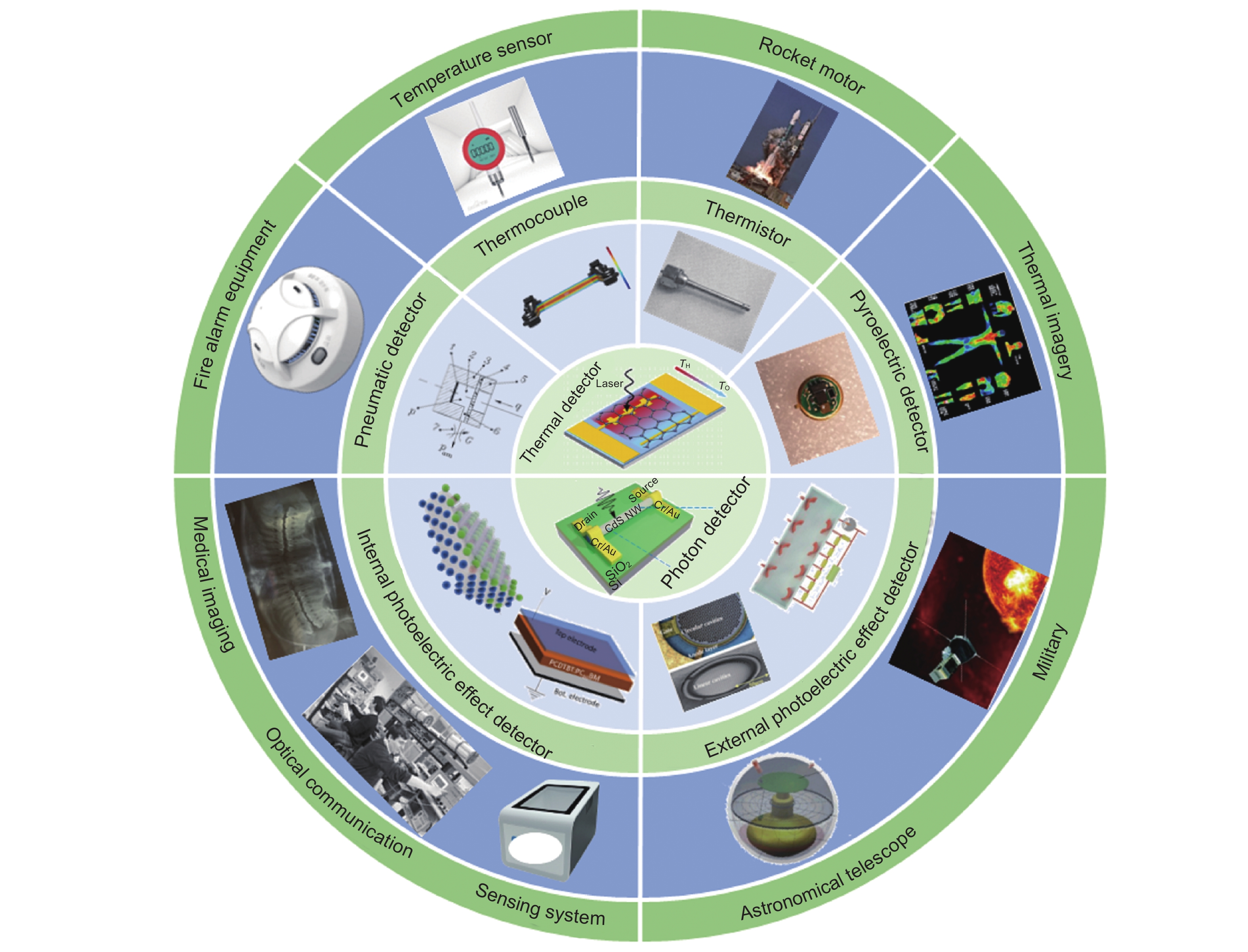
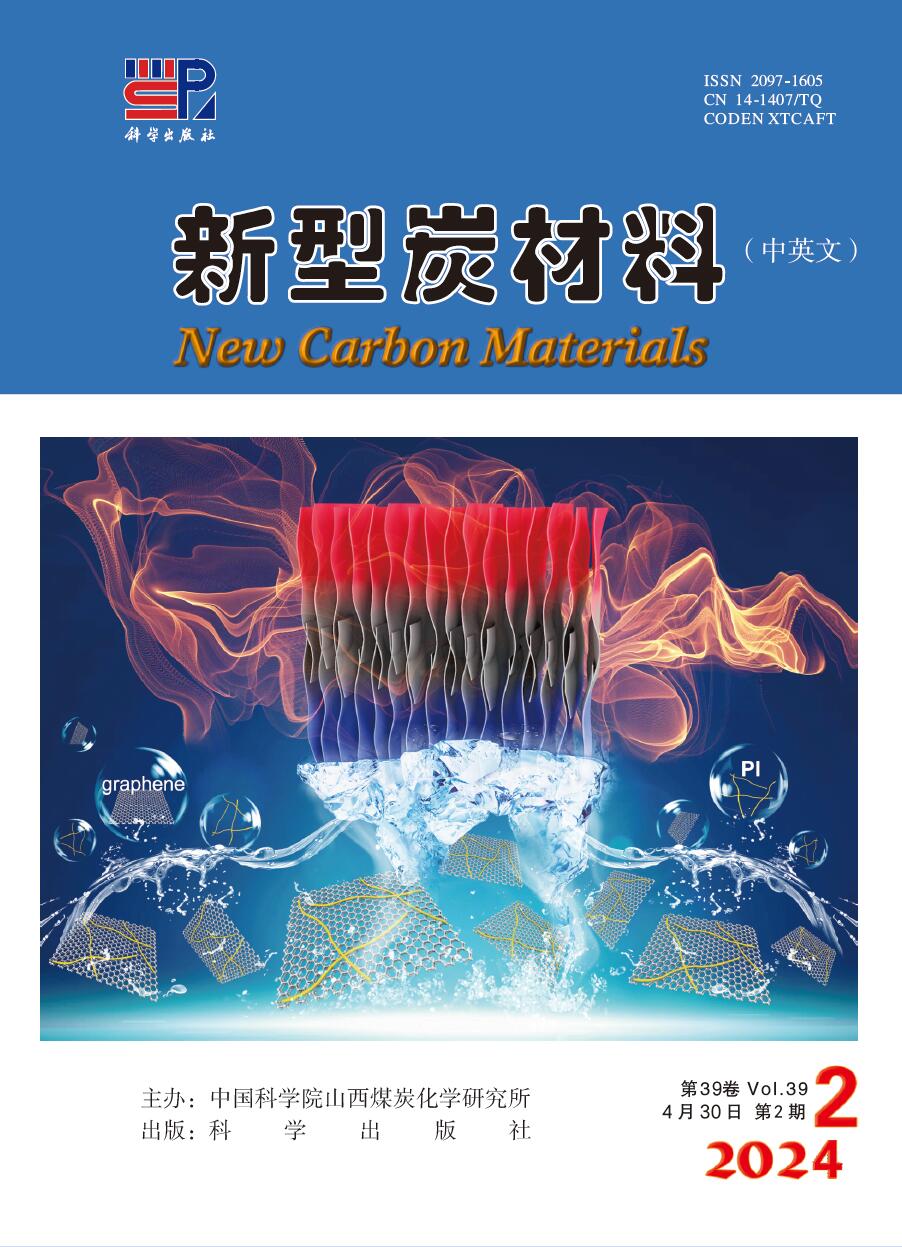

 虚拟专题
虚拟专题

 邮件订阅
邮件订阅 RSS
RSS 下载中心
下载中心 友情链接
友情链接

